- Home
- TV History
- Network Studios History
- Cameras
- Archives
- Viewseum
- About / Comments
Skip to content
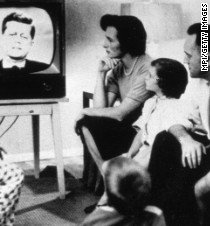

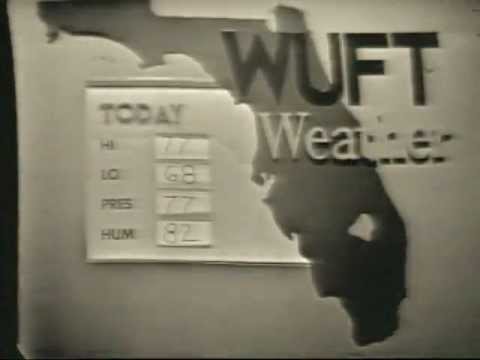

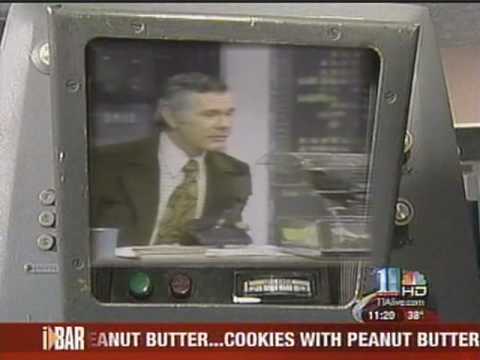

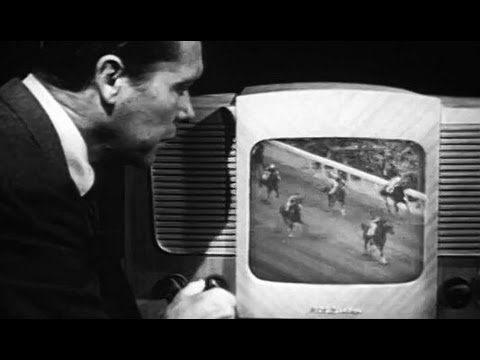



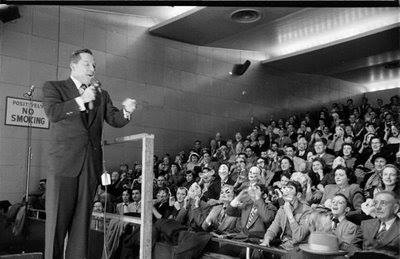



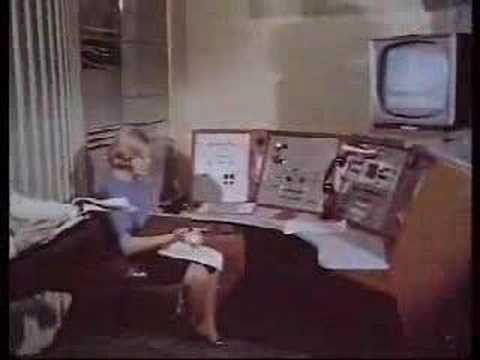



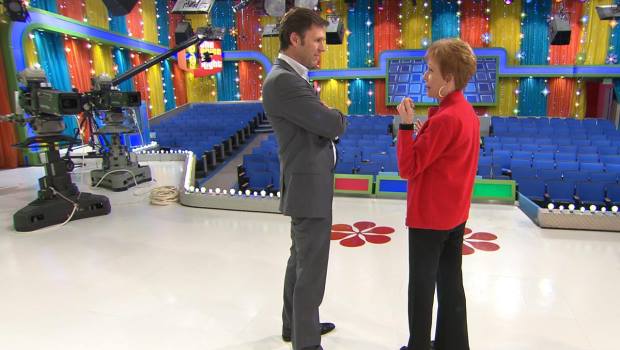

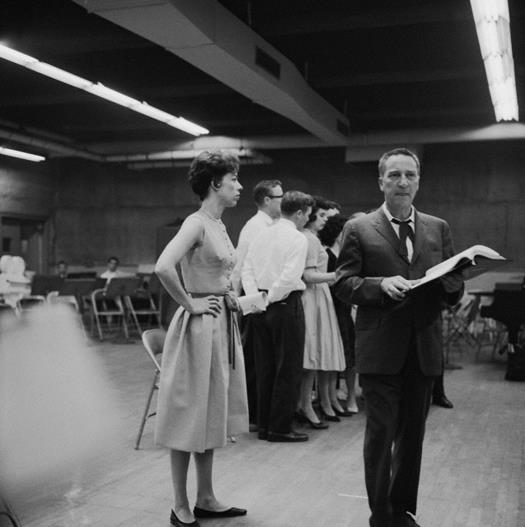

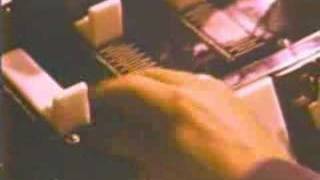

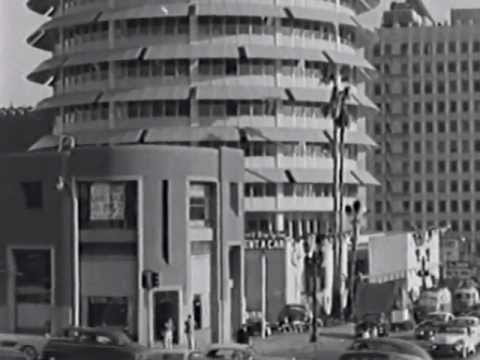



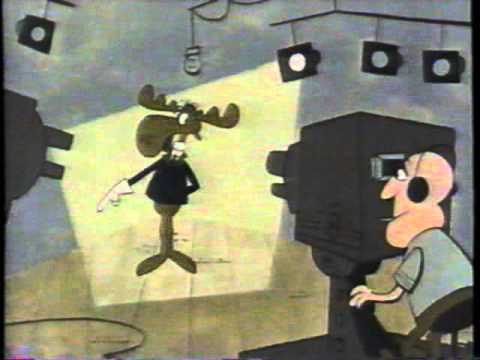



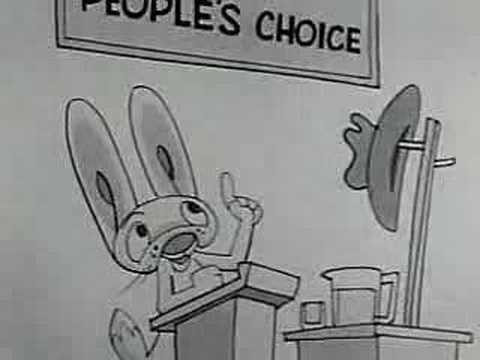

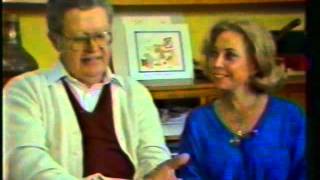

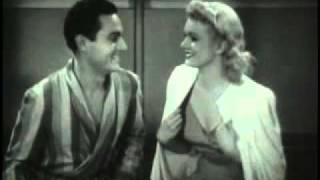

Posts in Category: Viewseum


Full episode: ‘The Sixties’ premiere
On June 2, 2014
- Viewseum
CNN’s ‘The Sixties’…’Television Comes Of Age’…Full Episode
This is a must see for all of us that love television history. This debut episode that aired in 2014 is all about our favorite subject…television!
Many thanks to CNN and Executive Producer Tom Hanks and his Playtone production company for yet another amazing piece of historical television.


Ultra Rare! Cronkite Goodbye To Huntley, & Huntley – Brinkley Finale
On May 20, 2014
- TV History, Viewseum
Ultra Rare! Cronkite Goodbye To Huntley, & Huntley – Brinkley Finale
That I know of, this old demo tape from long time Miami news man Bob Mayer is the best, and one of the only captures of Walter Cronkite’s farewell to Chet Huntley, which even includes an unheard of insert from Huntley. AND, immediately following the CBS News credit roll, is the final few minutes of ‘The Huntley – Brinkley Report’. All in good quality color.
This all happened July 31, 1970, fourteen years after their start on NBC on October 29, 1956.


Eyes Of A Generation Camera Collection, 2009 News Story
On March 9, 2014
- TV History, Viewseum
Eyes Of A Generation Camera Collection, 2009 News Story
Fortunately, I’ve lost 30+ pounds since this new story from February of 2009. It was shot and aired on Atlanta’s NBC affiliate WXIA, but was seen on 59 other NBC affiliates as well. Last week, a professional still photographer came up and spent 5 hours shooting the camera and me, and the dogs. Wait till you see these! The camera portraits put the RCA catalog covers to shame! I hope to get some of them up early this week as he is still in “post production editing”. Enjoy and share!


NBC Studio 8G Cameras In Action…1947
On February 22, 2014
- TV History, Viewseum
NBC Studio 8G Cameras In Action…1947
This video begins the television portion of this excellent look inside NBC’s 30 Rock studios. The cameras are the NBC built “ND-8G” Image Orthicons and are shooting a rehearsal of ‘Hour Glass’…one of NBC TV’s first shows that we’ll cover in detail in another post. For the whole backstory, go to this link.
NBC’s First Live Coast To Coast Color Spectacular!
On February 14, 2014
- TV History, Viewseum
GREAT! NBC’s First Live Coast To Coast Color Spectacular!
On Sept. 12, 1954 NBC broadcast their first live coast to coast color spectacular. The 90 minute show, “Satin & Spurs” was produced by Max Liebman and starred Betty Hutton.
Above is a black and white kinescope of the whole show, but there’s no mistaking as you look at the image that there is a “chroma layer” to the image. Following the end credits, Steve Allen has a very interesting live commentary from the set on the production, and reveals that with no control room in the new facility, the show was produced from a truck outside of NBC Brooklyn.
There is a TK41 in that segment. At 1:10:13, Hutton does a curtain call and speaks to the television and live audience and sings out into the credits. At 1:14 Steve Allen’s comments come in followed by Don Pardo’s billboards of upcoming programs.
Thanks to our friend Steve Dichter in LA for this information and the TV Guide page below that describes this event as “opening night of a new television era”. The spectaculars were the creation of none other than NBC’s Pat Weaver. At the time, the few color television sets available had 15″ screens, but a few had the new 19″ screen. 99% of viewers saw this on their larger screen black and white sets. Enjoy!
‘Broadway Open House’…The Start Of Late Night Television
On February 14, 2014
- TV History, Viewseum
‘Broadway Open House’…The Start Of Late Night Television
This is some of the only surviving video of the show, and in the photo is host, Jerry Lester on stage in the brand new NBC Studio 6A, hosting network television’s first late-night comedy-variety series. It was telecast live on NBC from May 29, 1950 to August 24, 1951, airing weeknights from 11 to midnight.
A dozen years before Johnny Carson took over the reins of ‘The Tonight Show’, and long before Jack Paar and Steve Allen redefined the genre, NBC began an experiment in programming that has, in one incarnation or another, lasted over six decades…the late night variety show. The show came about due to the visionary work of Sylvester `Pat’ Weaver (father of actress Sigourney Weaver and brother to comedian `Doodles’ Weaver) who began his career as a radio producer in the 1930s (Fred Allen’s Town Hall Tonight), and who eventually became head of programming for the NBC radio network. In 1949 he was brought over to the struggling NBC TV network in hopes that he could break the CBS’s stranglehold on the ratings. One of the first innovations that Weaver introduced came in the form of ‘Broadway Open House’.
The show was supposed to be hosted by comic Don “Creesh” Hornsby, but Hornsby died suddenly two weeks before the show premiered. In a last minute bit of substitution, Morey Amsterdam, who already had hosted a variety show on the Dumont network, covered Monday and Friday nights and a brash young comedian named Jerry Lester did Tues-Weds-Thurs.
Lester had previously been the host of DuMont’s “Cavalcade of Stars”, but walked off the show earlier in the year. Filling in for AWOL Lester was a young comedian named Jackie Gleason, who moved the show to CBS and became a mainstay of TV for 20 years. Amsterdam would leave “Broadway Open House” quickly, leaving Lester to cover five nights a week. Lester was the master of “low comedy”, and his antics were what you might expect from a baggy pants vaudeville comedian of another era. Pratt falls, rapid fire deliveries (so if one joke fails, the next is already on the way), and juvenile antics. He was, however, exactly what the late night show needed. Someone was lively, who was able to ad lib, and someone who could do an hour a night.
Lester padded his show with regulars, including dancer Ray Malone, accordionist Milton DeLugg, announcer Wayne Howell and vocalists Jane Harvey, Andy Roberts and David Street. The show began in May of 1950, but in mid-June Lester hired buxom Jennie Lewis for a bit part, where she was to read some poetry, act dumb, and give the show some eye-candy. Lester named her `Dagmar’, and smirked about her `hidden talents’. Dagmar was an immediate success, and became a regular member of the cast and thus was born “the dumb blonde” stereotype.
By the end of the year, Dagmar was a sensation. American TV’s first sex symbol. Her popularity grew to the point where she was getting more fan mail than the host, Jerry Lester. In 1951, out of frustration, Lester quit the show. Dagmar went on to host it briefly, before the show was canceled later in the year.
`Pat’ Weaver, who created this genre of late night programming, would end up creating the venerable Today Show for NBC, and pioneered the practice of networks (instead of sponsors) owning a show, and selling advertisements.


Very Cool Gag Opening…’Red Shelton Hour’ 1962
On January 26, 2014
- TV History, Viewseum
Very Cool Gag Opening…’Red Shelton Hour’ 1962
Wait till you see what’s under the black dust cover on the RCA TK41! As you’ll see in this :30 clip, this is actually in CBS Television City Studio 33, but we are lead to believe otherwise. Enjoy! Thanks to William David French for discovering this.


Editing Video In The 60s
On December 1, 2013
- TV History, Viewseum
Ch Ch Ch Changes
Recording and editing video recordings today is NOTHING like it was when the state of the art was 2″ quad machines. Here’s a quick look back in time to the early 60s.
Super Rare Footage…Live Television At 1939 World’s Fair
On November 15, 2013
- TV History, Viewseum
Super Rare Footage…Live Television At 1939 World’s Fair
After the opening days of the fair that were broadcast by NBC, the RCA Pavilion had a camera that visitors could walk in front of and see themselves on a monitor. It was all the rage and certificates were issued stating that the bearer had indeed been among the first people ever to be “televised”!
There’s No Place Like “Home”…Studio 33
On September 13, 2013
- TV History, Viewseum
There’s No Place Like “Home”…Studio 33
https://www.youtube.com/watch?v=21bd_zY3MS0&ab_channel=CBSNews
Here’s Carol Burnett with CBS Newsman Lee Cowan. In the clip linked above, you’ll see his 8 minute visit with her that ran on ‘Sunday Morning’. Nice piece with some interesting shots along the way. Enjoy!
Garry Moore & Carol Burnet
On September 9, 2013
- TV History, Viewseum
Garry Moore & Carol Burnet
Here in a rehearsal hall, Gary Moore goes over the show with a young Carol just behind him. She joined the show in 1959 and stayed till ’62, but after this video clip, we’ll get into some of the things that lead up to this.
After spending her first year in New York working as a hat-check girl and failing to land acting jobs, Burnett along with other girls living at The Rehearsal Club, a boarding house for women seriously pursuing an acting career, put on The Rehearsal Club Revue on March 3, 1955. They mailed invitations to agents, who showed up along with stars like Celeste Holm and Marlene Dietrich, and this opened doors for several of the girls including Carol who was cast in a minor role on The Paul Winchell and Jerry Mahoney Show in 1955. She played the girlfriend of a ventriloquist’s dummy on the popular children’s program. This role led to her starring role opposite Buddy Hackett in the short-lived sitcom ‘Stanley’ from 1956 to 1957.
After ‘Stanley’, Burnett found herself unemployed for a short time. She eventually bounced back a few months later as a highly popular performer on the New York circuit of cabarets and night clubs, most notably for a hit parody number called “I Made a Fool of Myself Over John Foster Dulles” (Dulles was Secretary of State at the time). In 1957, Burnett performed this number on both ‘The Tonight Show’, hosted by Jack Paar, and ‘The Ed Sullivan Show’. Burnett also worked as a regular on one of television’s earliest game shows, ‘Pantomime Quiz’, during this time. In 1957, just as Burnett was achieving her first small successes, her mother died.
Carol’s first true taste of success came with her appearance on Broadway in the 1959 musical ‘Once Upon a Mattress’, for which she was nominated for a Tony Award. The same year, she became a regular player on The Garry Moore Show, a job that lasted until 1962. She won an Emmy Award that year for her “Outstanding Performance in a Variety or Musical Program or Series” on the show. Burnett portrayed a number of characters, most memorably the put-upon cleaning woman who would later become her signature alter-ego. With her success on the Moore show, Burnett finally rose to headliner status and appeared in the 1962 special ‘Julie and Carol at Carnegie Hall’, co-starring her friend Julie Andrews. The show was produced by Bob Banner, directed by Joe Hamilton, and written by Mike Nichols and Ken Welch. ‘Julie and Carol at Carnegie Hall’ won an Emmy Award for Outstanding Program Achievement in the Field of Music, and Burnett won an Emmy for her performance. Burnett also guest-starred on a number of shows during this time, including The Twilight Zone episode “Cavender is Coming”.
In 1964, Burnett became good friends with Jim Nabors, who was enjoying great success with his series Gomer Pyle, U.S.M.C.. As a result of their close friendship, Burnett played a recurring role on Nabors’s show as a tough corporal, later gunnery sergeant. Nabors would later be her first guest every season on her variety show.
In 1966, Lucille Ball became a friend and mentor to Burnett. After having guested on Burnett’s highly successful CBS-TV special ‘Carol + 2’ and having the younger performer reciprocate by appearing on The Lucy Show, Ball reportedly offered Burnett her own sitcom called ‘Here’s Agnes’, to be produced by Desilu Productions. Burnett declined the offer, not wanting to commit herself to a weekly series. The two remained close friends until Ball’s death in 1989. Ball sent flowers every year on her birthday. When Burnett awoke on the day of her 56th birthday in 1989, she discovered via the morning news that Ball had died. Later that afternoon, flowers arrived at Burnett’s house with a note reading, “Happy Birthday, Kid. Love, Lucy.


1960s NBC Color Promo
On August 11, 2013
- TV History, Viewseum
1960s NBC Color Promo
This is a :60 second promo for NBC color programs shot at the “Perry Como Show” at the Ziegfeld Theater that shows the lighting director hard at work with a TK41 set to shoot soon.
KTLA Mobile Units 1956
On June 27, 2013
- TV History, Viewseum
KTLA Mobile Units 1956
In the first 3 or 4 minutes, we get to see the KTLA mobile units set up their TK30s and film cameras to cover the opening of the Capitol Records Tower. After that, there is tour of the new digs, that takes in all but the recording studios. Thanks to David Crosthwait for sending this video.
ABC…Saved By The Bell & Whistle
On May 4, 2013
- TV History, Viewseum
ABC…Saved By The Bell & Whistle
ABC was in big trouble till sports programming saved it. In this Silver Anniversary clip, Keith Jackson and Howard Cosell pay tribute to ‘Wide World Of Sports’ and some of the eras top athletes.
1 Hour Special…Inside Jay Ward Productions
On May 4, 2013
- TV History, Viewseum
1 Hour Special…Inside Jay Ward Productions
Narrated by William Conrad, and featuring all the principals, here is how Rocky & Bullwinkle, a true cartoon classic and others came together. Unfortunately the first minute is missing, but the next 59 are GREAT! Enjoy!
Now, THIS IS FUNNY! Ernie Kovacs spoofs Howdy!
On May 1, 2013
- TV History, Viewseum
Now, THIS IS FUNNY!
Ernie Kovacs spoofs Howdy with his own take on the show. NBC staff announcer Bill Wendell plays Clarabelle and I think the crew has put real liquor in the bottle as a gag. Enjoy!
Jay Ward’s First Adventure In Cartoonland…Crusader Rabbit
On April 26, 2013
- TV History, Viewseum
Jay Ward’s First Adventure In Cartoonland…Crusader Rabbit
Crusader Rabbit is the first animated series produced specifically for television. The concept was test marketed in 1948, while the initial episode – Crusader vs. the State of Texas – (below) aired on KNBH (now KNBC) in Los Angeles, California on August 1, 1950.
The concept of an animated series made for television came from animator Alex Anderson, who worked for Terrytoons Studios. Terrytoons preferred to remain in film animation, so Anderson approached Jay Ward to create a partnership, Anderson being in charge of production and Ward to be in charge of arranging financing. Ward became business manager and producer, joining with Anderson to form “Television Arts Productions” in 1947. They tried to sell the series (initially presented as part of a proposed series, The Comic Strips of Television, which also featured an early incarnation of Dudley Do-Right) to the NBC television network, which assigned Jerry Fairbanks to be “supervising producer”. NBC did not telecast Crusader Rabbit on their network, but allowed Fairbanks to sell the series in national syndication, with many of the NBC affiliates (including New York and Los Angeles) picking it up for local showings. WNBC-TV in New York continued to show the original Crusader Rabbit episodes from 1949 through 1967, and some stations used the program as a time filler as late as the 1970s.
Lucille Bliss provided the voice of Crusader Rabbit in the original series; she was replaced by Ge Ge Pearson in the revived series. Vern Louden played Rags in both. Dudley Nightshade was voiced by Russ Coughlan, and narration was by Roy Whaley.
The Voices Of ‘Rocky And Bullwinkle’
On April 15, 2013
- TV History, Viewseum
The Voices Of ‘Rocky And Bullwinkle’
Here are June Foray and Bill Scott and at the end, William Conrad. I’ll let June and Bill tell you who’s voices they did! Enjoy!
Inside The Iconoscope & One Of The First Orthicon Cameras
On March 29, 2013
- TV History, Viewseum
Inside The Iconoscope & One Of The First Orthicon Cameras
Revised from the earlier post: In 1941, TV was still quite a novelty, as this clip portrays. At 1:27 in this RCA film “Magic In The Air”, you get a look at one of the first RCA Orthicon cameras and the first ever mobile unit. At 4:22, you get a look inside an RCA 500A Iconoscope camera. Most interesting of all to me is the 7:15 section where the RCA Orthicon camera is put together at the ballpark. The lower half, with the tube, is mounted first and the optical (not electronic) viewfinder is added next. The viewfinder has it’s own lens (matching the taking lens on the bottom element) and is not showing the cameraman the actual image from the Orthicon tube. Seeing the actual tube output will finally come in 1946 when the RCA TK30 Image Orthicon camera is introduced.